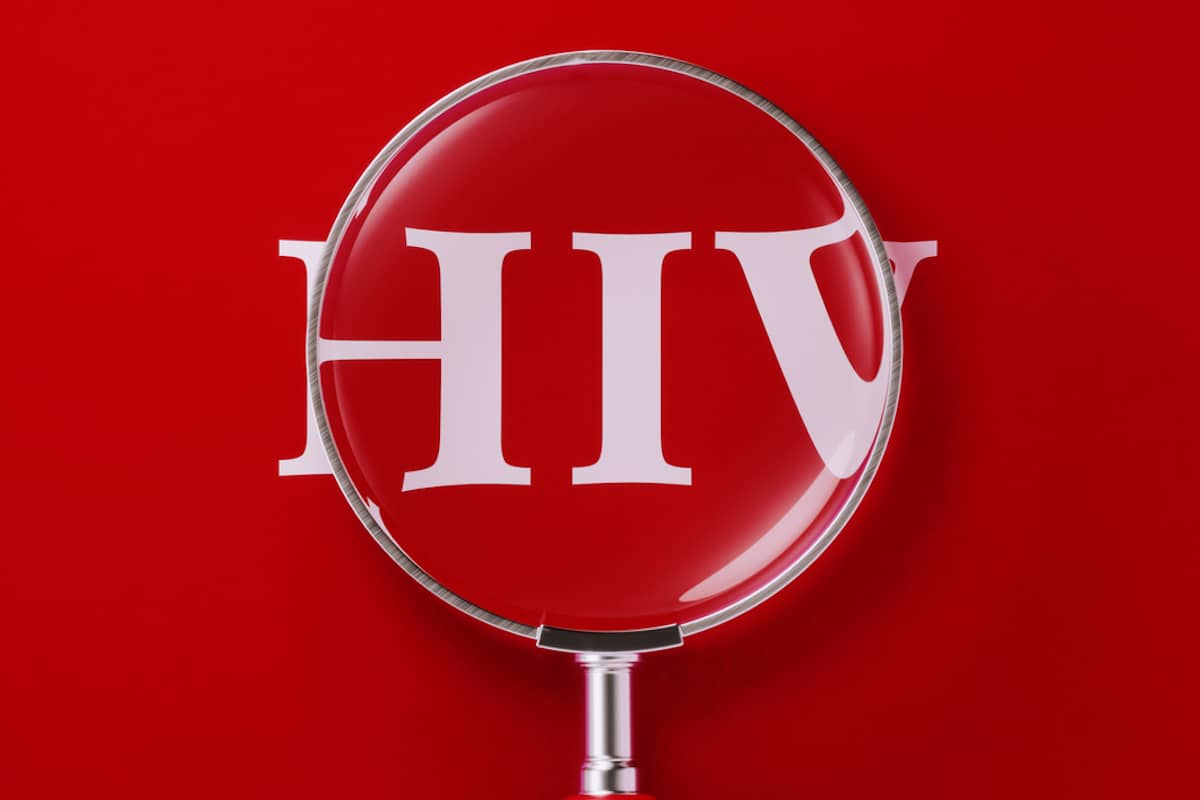A significant decrease in the number of HIV infections among men who have sex with men has contributed to a reduction in the overall infection rate in the US, the Centers for Disease Control and Prevention (CDC) reported.
The new trend that CDC has highlighted suggests just how effective innovative prophylaxis and prevention approaches have become, especially among traditional high risk groups.
What the Numbers Have to Say
According to a CDC report that encompasses HIV statistics for 2021, there were about 32,000 new HIV infections. That’s a reduction of 12 per cent since 2017.
What’s even more impressive is the fact that the annual infections among gay and bisexual men went down further than the overall average – by 34 per cent.
The reduction in this group accounts for almost 50 per cent of the overall reduction in new HIV infections in the US.
As of 2021, 1.2 million people in the US live with an HIV infection. Unfortunately, one in eight individuals is still unaware of their status. The awareness about the importance of regular STD testing seems to be lowest among young individuals. At the same time, these people represent 15 per cent of all new HIV infections registered in 2021.
The Power of PrEP
The report attributes the reduction in new HIV infections among gay and bisexual men predominantly to HIV pre-exposure prophylaxis (PrEP).
PrEP is a medication that can reduce the risk of contracting HIV significantly when in contact with an infected individual. When taken according to a medical prescription, PrEP is considered about 99 per cent effective. Usually, two pills have to be taken about two to 24 hours before having sex, followed by another dose 24 hours later and one more dose 24 hours after the second one.
Medications like PrEP and HIV post-exposure prophylaxis (PEP) are highly recommended for individuals belonging to risk groups. Just PrEP, PEP is an FDA-approved treatment protocol that can reduce the risk of infection after having contact with an infected individual.
The latest CDC findings suggest that PrEP is highly effective, contributing to a massive shift in trends that have been established over the course of decades since the start of the HIV pandemic.
Social Inequalities Still Play a Role in Prevention Effectiveness
While PrEP is one of the strongest contemporary weapons in the fight against HIV, there are still social inequalities standing in the ways of its effective and uniform distribution among all at-risk segments of society.
The CDC report suggests that young white gay and bisexual men are the ones who have benefited from PrEP and PEP the most.
As a result, black and Hispanic men are disproportionately affected by the virus, contributing to new infections a lot more than white men.
Overall, the use of PrEP has become much more common. The number of prescriptions issued to black and Hispanic men, however, is much lower than the number of prescription issued to white men.
The statistics paint an even clearer picture. While 78 per cent of the white individuals who needed PrEP got a prescription, the rate was only 11 per cent for black people and 20 per cent for Hispanic individuals.
Overcoming such social inequalities is one of the most important goals when it comes to effective, reliable and sustainable prevention. The phenomenon isn’t limited only to the US population. Difficult access stemming from demographics and social standing impact the availability of prevention methods in many other parts of the world, including African countries that are dealing with a graver HIV situation than the US.
HIV PrEP in Singapore
The medications approved for pre-exposure prophylaxis by the FDA in the US are also approved by Singapore’s Health Sciences Authority.
Currently, PrEP is recommended for the following individuals:
- Those who have an HIV-positive partner who isn’t on antiretroviral therapy (viral suppression hasn’t been achieved)
- Individuals who have tested positive for any sexually transmitted infection over the past six months
- Those who have engaged in unprotected sex with multiple partners over the course of the past six months
- Drug users who share needles with others
PrEP can be administered after a medical consultation to determine how appropriate the treatment course is. Individuals who initiate PrEP will also need to go through follow-up appointments. Regular STD screening is also recommended to have complete knowledge of one’s status (and take measures to address infections rapidly upon necessity).
Obviously, there will be some additional questions about PrEP. The most common inquiries focus on potential side effects and the need to use barrier contraception while being on HIV PrEP. Questions about getting PrEP or PEP together with a sexual partner are also common.
If you want additional information about certain aspects of taking HIV PrEP or PEP, don’t hesitate to contact Shim Clinic or visit us during working hours every day of the week. Our experienced healthcare professionals will consult you and recommend an adequate course of action in completely confidential settings.

